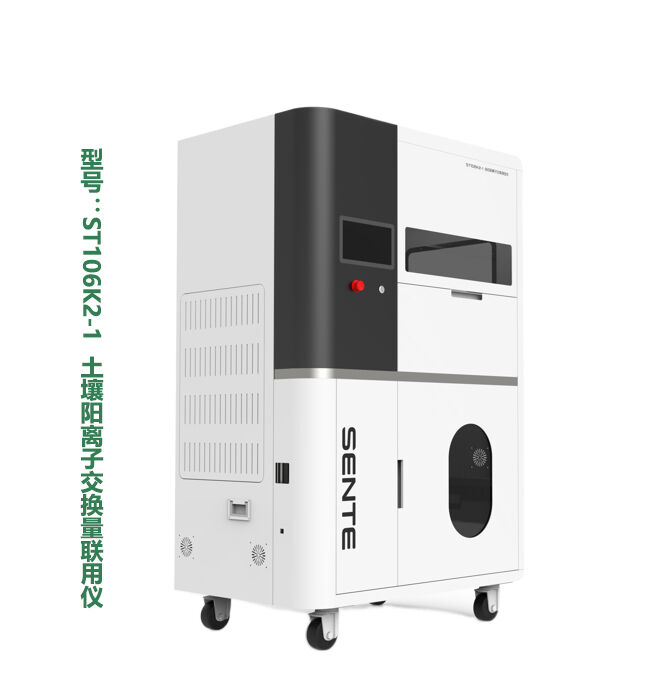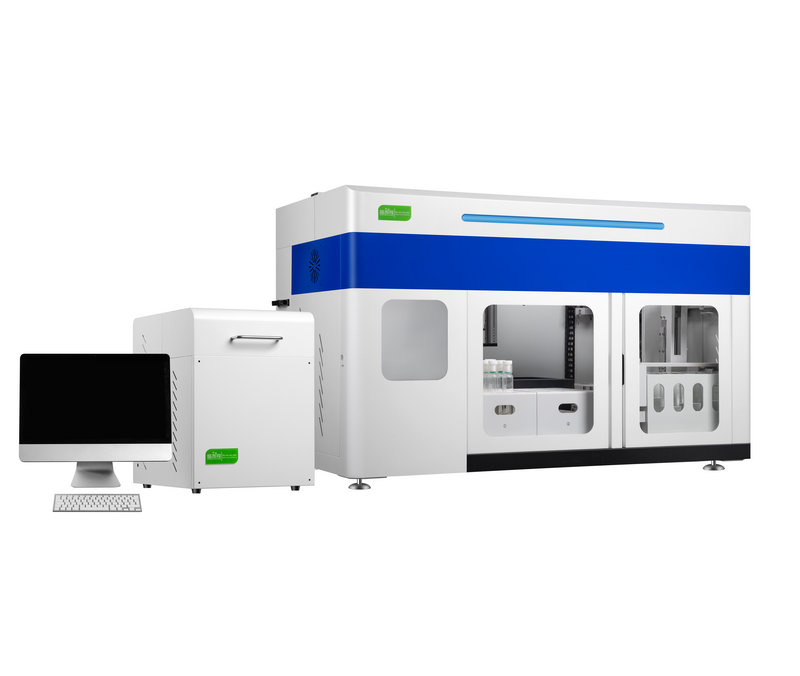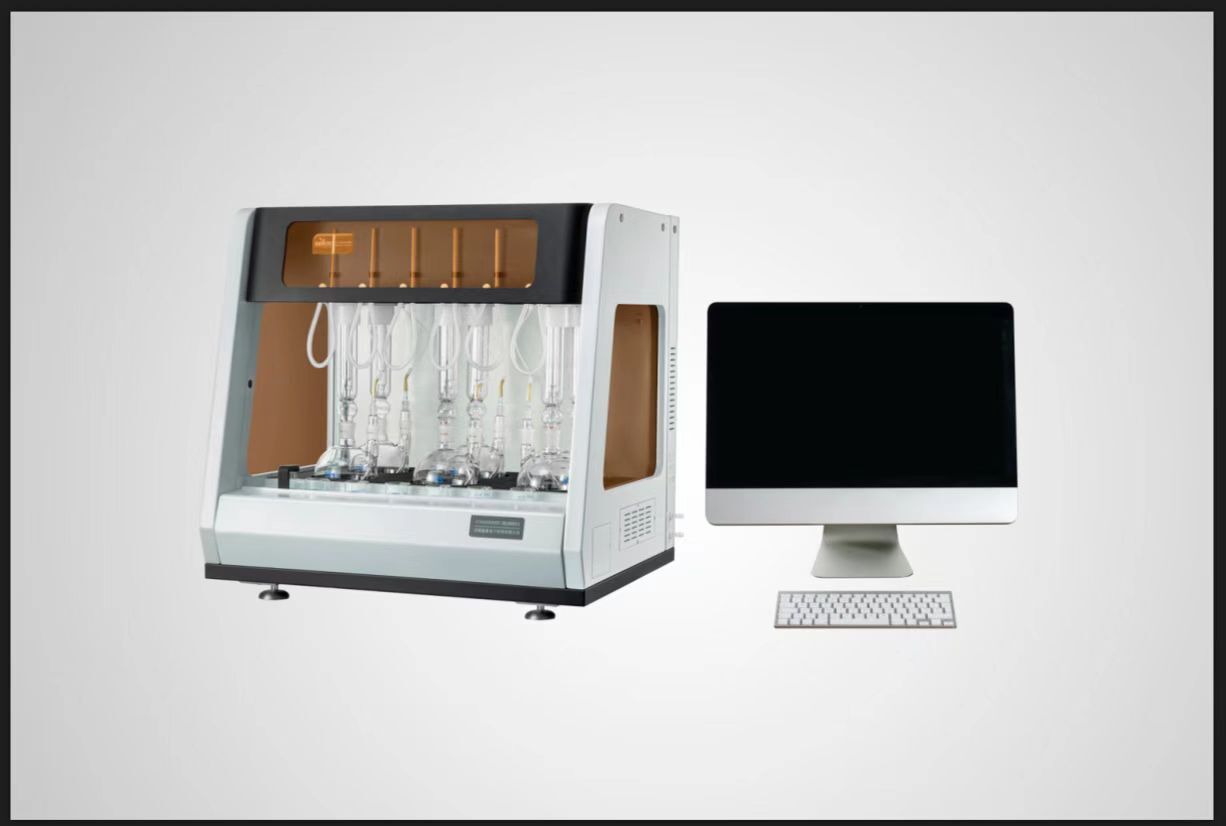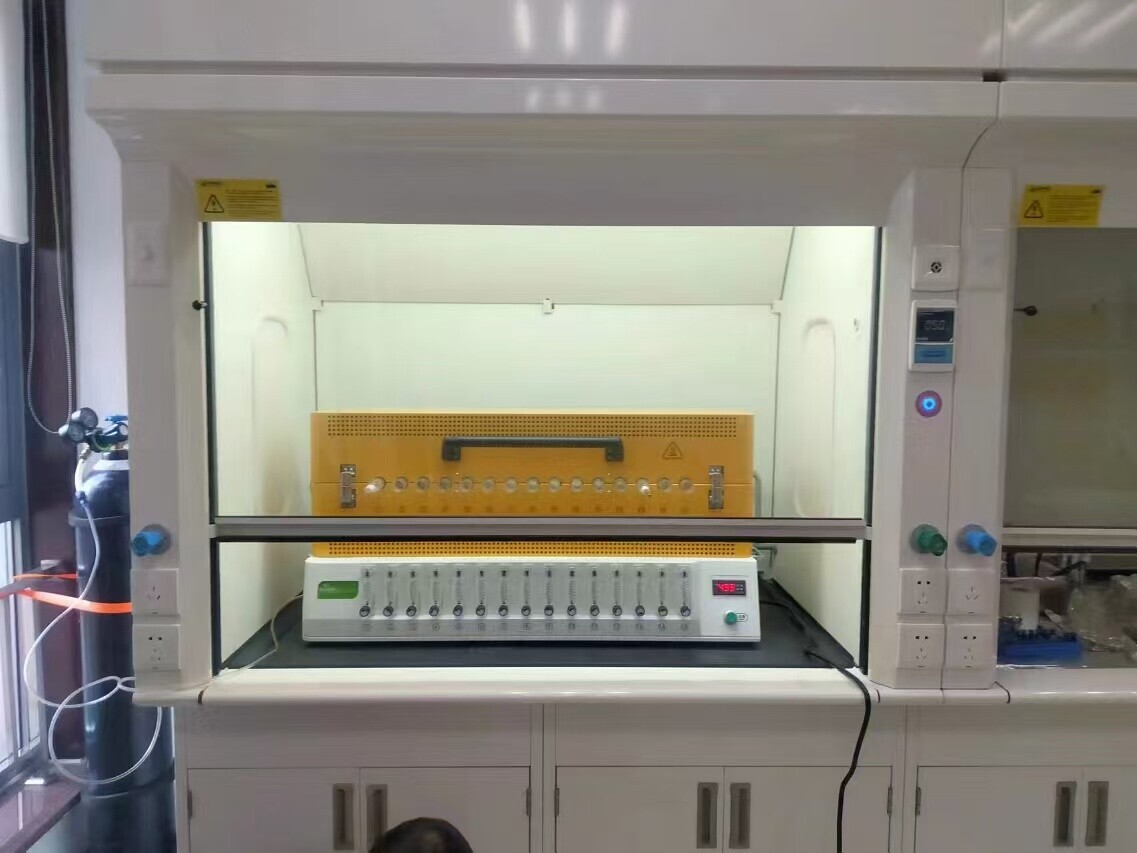Supported by technological innovation and quality management, with the concept of developing domestically-original instruments and equipment, and adhering to the principle of putting ourselves first, we have developed and manufactured a series of intelligent laboratory instruments and equipment, online atmospheric monitoring equipment, etc. with leading performance and reliable quality.
◉ Product Introduction
Foreword:
Soil cation exchange capacity refers to the total amount of soil cation exchange capacity (CEc refers to the various cations that soil colloids can adsorb). Acidic and neutral soils are often measured using the traditional ammonium acetate exchange method, which uses ammonium acetate solution to repeatedly treat the soil to make it saturated with ammonium ions; after washing away excess ammonium acetate with ethanol, the amount of ammonium ions is measured using the distillation method and converted to soil cation exchange capacity.
Overview of detection methods:
Common methods for determining the cation exchange capacity of soil include: the ammonium chloride-ammonium acetate exchange method for acidic and neutral soils, and the ammonium chloride-ammonium acetate exchange method for calcareous soils. The advantages of the ammonium acetate exchange method for determining soil exchange capacity are: when ammonium acetate reacts with base-unsaturated soil, weak acid is released, which does not damage the soil absorption complex. The buffering capacity of ammonium acetate is strong, and the pH value of the solutions exchanged one after another is almost unchanged. If the exchangeable cation composition in the solution needs to be determined, the excess ammonium acetate is also easily burned and decomposed. Therefore, this method is currently widely used at home and abroad. Jinan Shengtai Technology has developed this ST106K2 series soil cation exchange capacity detection instrument according to the current standards "LY/T 1243-1999 Determination of cation exchange capacity of forest soil" and "NY/T295-1995 Determination of cation exchange capacity and exchangeable base of neutral soil".
ST106K2-1 Solid-Liquid Separation Module (Centrifugal Oscillator)
Can process 36 samples, with automatic reagent addition, automatic bottle cap screwing by robotic arm, automatic reagent addition, and automatic supernatant dumping functions; and a strong oscillation function is set to ensure that the soil samples are mixed evenly;
A multi-station centrifuge is used, and the centrifugation time and speed of the centrifuge are adjustable; the oscillation part adopts multiple sets of joint mixing turntables with adjustable speed, which can process samples alternately;
ST106K2-2 Distillation Titration Module
According to the standard requirements, the instrument has a built-in water vapor generator, which can automatically heat the sample with water vapor;
It can heat and distill 6 samples at a time, and the heating area can provide heating and heat preservation functions;
The instrument can automatically set the distillation end point, automatically stop heating, and the receiving end is designed with a magnetic stirring function;
The end point recognition uses a visual sensor that is higher than the human eye device, which can efficiently identify the titration end point.
Jinan Shengtai Technology ST106K2 Series Soil Cation Exchange Capacity Detection Combined Instrument Demonstration Video:
◉ Specifications
◉ Success Stories
◉ Download Sample
◉ Get a quote
◉ Related Products
 Jinan Shengtai ST800L fully automatic total phosphorus (total nitrogen) analyzer
Jinan Shengtai ST800L fully automatic total phosphorus (total nitrogen) analyzer ST109A Fully Automatic Food and Chinese Medicine Sulfur Dioxide TesterGB5009.34-2022 Determination of sulfur dioxide in food, ST109A fully automatic food and drug sulfur dioxide analyzer can fully automate the detection, automatic titration, automatic identification of endpoint color, and automatic calculation of test results.
ST109A Fully Automatic Food and Chinese Medicine Sulfur Dioxide TesterGB5009.34-2022 Determination of sulfur dioxide in food, ST109A fully automatic food and drug sulfur dioxide analyzer can fully automate the detection, automatic titration, automatic identification of endpoint color, and automatic calculation of test results. Jinan Shengtai ST700G Intelligent Microplastic Pyrolysis Instrument
Jinan Shengtai ST700G Intelligent Microplastic Pyrolysis Instrument
Please leave us a message
Jinan Shengtai Electronic Technology Co., Ltd. is a high-tech enterprise specializing in the research, development, production and sales of new laboratory analytical instruments, online atmospheric monitoring equipment and laboratory intelligent pretreatment equipment.
Log in to view more information
Log in to view more information





